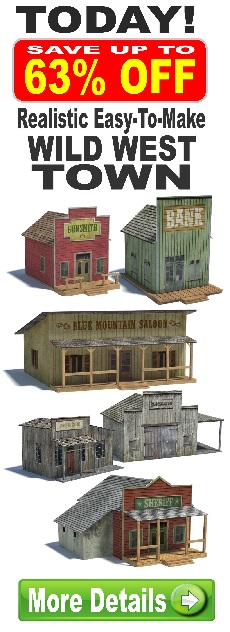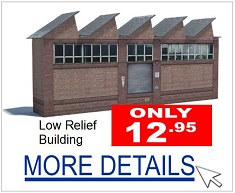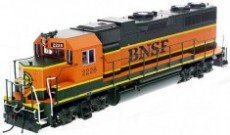Everything on model trains, model railroads, model railways, locomotives, model train layouts, scenery, wiring, DCC and more. Enjoy the world's best hobby... model railroading!
Why Turnouts Inside Tunnels Can Be Trouble on a Model Railroad
If you’re planning your next model railroad layout and thinking about adding a turnout (or switch) inside a tunnel, let me just pause you for a second, because that little decision could lead to big headaches down the track.
Now, don’t get me wrong. I’m not here to tell you that it’s never okay. But if you’re fairly new to the hobby—or even if you’ve been doing this a while, it’s worth thinking twice before hiding a turnout inside a tunnel. Let me explain why.
Turnouts Add Interest… But Can Be Tricky
There’s no doubt about it… turnouts can make a layout way more interesting. They let your trains branch off, switch tracks, and bring operations to life. But they can also be one of the more fiddly parts of trackwork. Even in easy-to-reach spots, turnouts can cause trouble with alignment, wiring, points not fully throwing, or debris getting caught in the mechanism.
So if they’re tricky in plain sight, just imagine trying to fix one that’s buried deep inside a tunnel where you can’t even see it!
Out of Sight, Out of Reach… Out of Luck?
That’s the big issue with tunnel turnouts… access. If something goes wrong (and eventually, something will), how are you going to get in there to sort it out? Cleaning? Awkward. Repairs? Frustrating. Replacing a turnout in a tight space with a tunnel roof above it? Good luck.
Plus, you’re flying blind. Can you be 100% sure that hidden turnout has flipped the right way for the next train? Because if it hasn’t, you’ll know pretty quickly… and probably not in a good way.
Real Railroads Avoid It Too… And For Good Reason
It’s not just modelers who shy away from putting turnouts in tunnels. Real-life railroads have to think about the same kinds of problems, only on a much larger and more expensive scale.
Turnouts inside full-size tunnels mean:
- Limited space for installation and maintenance
- Higher safety risks during inspections or emergencies
- Increased wear and tear in a hot, poorly ventilated environment
- Difficult access for crews to fix mechanical or signal issues
So if even the pros try to avoid it when they can, that’s a pretty good signal to us hobbyists.
So What Can You Do Instead?
If your track plan feels like it’s forcing you into placing a turnout inside a tunnel, don’t panic. There are a few workarounds that still give you the flexibility you want, without burying a potential problem where you can’t reach it.
- Move the turnout just outside the tunnel entrance.
It’s a simple fix, and often just a slight adjustment to your track plan. - Use a double tunnel portal.
This gives you space for two tracks entering the tunnel side-by-side, after the turnout has safely done its job in the open. - Design your tunnel with a removable top or back.
If you must place a turnout inside, at least build in a way to access it easily. A lift-out mountain or removable wall can be a lifesaver.
I’m not here to be a layout dream crusher. Sometimes, depending on your space and design, you just have to hide a turnout inside a tunnel. And that’s okay… as long as you go in with your eyes open, and preferably with a screwdriver in one hand and an access hatch nearby.
But for most of us, especially when we’re just getting started, keeping things visible, reachable, and maintainable is the better way to go. So save yourself some trouble down the line, and think twice before sending your switches into the shadows.
Happy modeling, and may all your trains stay on the right track!
















Leave a Reply